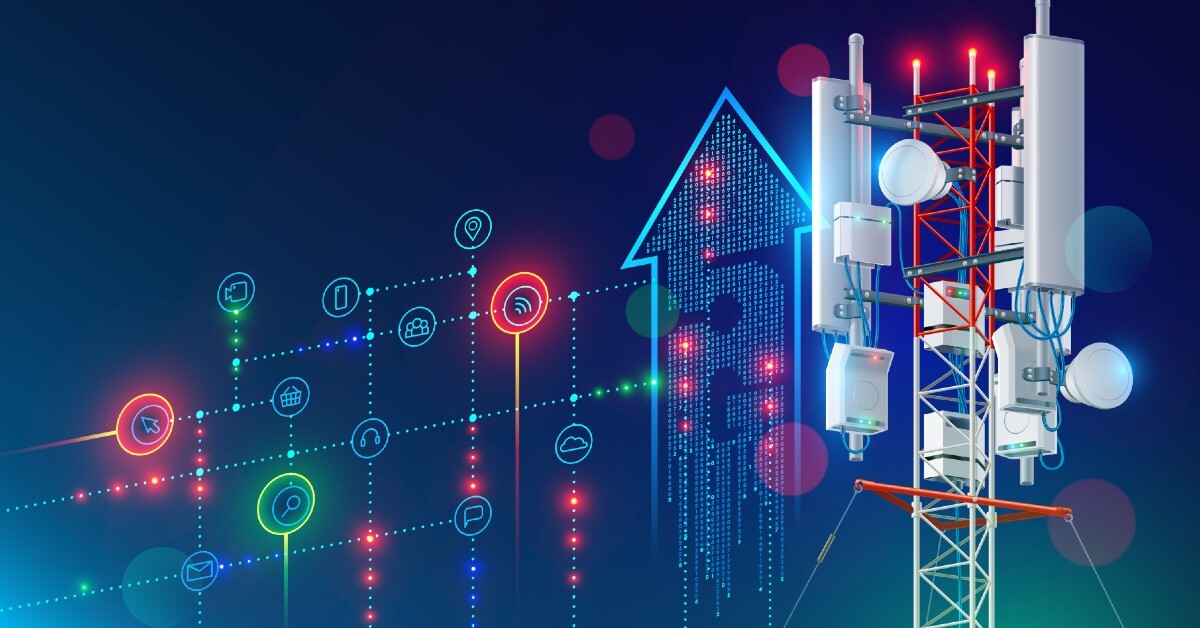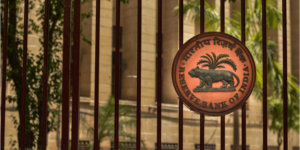Manufacturing is set to benefit the most from 5G, accounting for 20% of the total benefit, followed by Retail and ICT with 12% and 11%, respectively
mmWave spectrum alone is expected to deliver as much as $150 Bn to India’s GDP between 2025 and 2040
India is yet to see a commercial 5G network as telcos are preparing for a rollout in the near future
According to GSMA Intelligence, the research arm of the GSM Association, 5G in India is set to contribute as much as $450 Bn by 2040 to India’s GDP or around 0.6% of India’s total GDP at the time.
The report added that manufacturing is set to benefit the most from the new 5G use cases, accounting for 20% of the total benefit. Retail and ICT complete the podium, accounting for 12% and 11% of the total benefit, respectively. Other sectors included agritech, logistics, fintech and edtech.
It is prudent to mention that the mmWave spectrum alone is expected to deliver as much as $150 Bn to India’s GDP between 2025 and 2040.
“mmWave spectrum, in particular, will play a crucial role in enabling the high-speed and ultra-low-latency features required by many 5G applications,” GSMA Intelligence said, adding that Indian telcos need a good mix of sub-1 GHz, mid-band and mmWave spectrum for an effective 5G network.
While manufacturing will benefit from the Industry 4.0 applications enabled by the ultra-low latency and high network capacity of mmWave-enabled 5G networks, healthcare will also benefit from the same. The report noted that healthcare would account for $4 Bn of the total benefits that mmWave will deliver.
In manufacturing, 5G is expected to enable use cases such as remote control systems, industrial robotics, remote monitoring and quality control, and autonomous factory transport.
In healthcare, 5G will enable use cases such as precision medicine, telemedicine, remote surgery and VR training in surgical procedures. “The mission-critical nature of these applications will require the low-latency and high-speed connectivity of mmWave spectrum to ensure dataflows are in real-time and are not interrupted,” added GSMA.
The report focused on enhanced mobile broadband (eMBB), massive Internet of Things (MIoT), fixed wireless access (FWA) and ultra-reliable, low-latency communications (URLLC), all of which are use cases enabled by 5G. GSMA forecasted that eMBB and FWA would be the most crucial 5G-enabled use cases.
India is yet to see a commercial 5G network as telecommunication companies (telcos) are preparing for a rollout shortly after New Delhi conducted the nation’s first 5G spectrum auction.
The government is expecting a nationwide 5G rollout completed by the end of FY24, with a rollout across major cities by October 12. India’s telcos have been formulating rollout plans for the next generation of mobile networks for most of the last two years, with infrastructure modifications across the country carried out throughout 2021.
Reliance Jio is currently the frontrunner, with the telco set to launch the first of its 5G networks across several large cities by Diwali. Bharti Airtel is also targeting a similar timeline, with the first rollout in major cities coming in October.
At the 5G spectrum concluded last month, four telcos spent around INR 1.5 Lakh Cr ($19.084 Bn) on spectrum alone. A separate GSMA Intelligence report noted that India’s 5G auction was the second largest spectrum sale ever after the US sold the C-band spectrum (known as mid-band spectrum in India) for a whopping $80 Bn in 2020.
The calculations do not include Capex India’s telcos that have been racking up before the rollout, given that the next-gen network requires new configurations to the existing infrastructure at the very least. The telcos might spend around a cumulative $5.5-6.5 Bn per year till the complete rollout of the new network.
GSMA also predicted that by 2040, India’s 5G penetration would cross 90%. It is reasonable to assume that the early 5G adopters would have moved on to 6G by then.
However, India’s telecom ecosystem is known to have some of the lowest average revenue per user (ARPU), and the telcos have some of the highest levels of debt in the world, presenting a challenging environment for telcos.
While last year’s telecom reforms did relieve the telcos of some of the burdens, without a solid ARPU, 5G networks will become a fool’s errand for the telcos to operate.
Analysts also share the sentiment. Speaking with Inc42, Prabhu Ram, head of the industry intelligence group at CyberMedia Research, said, “For telcos, the key would be to gain early 5G market leadership, and leverage that to potentially post further market share gains in 2023 arising from any potential market churn. With 5G, the challenge for telcos will be in ensuring a fine balance between premium pricing and affordability to ensure swifter uptake.”
While 5G will be a significant opportunity for everyone involved, the network will be a paradigm shift for monetisation. Mobile networks will compete with fibre broadband in network speeds and data capacity for the first time. Hence, 5G will be the first time telcos can enable B2B applications, opening a new revenue stream.









